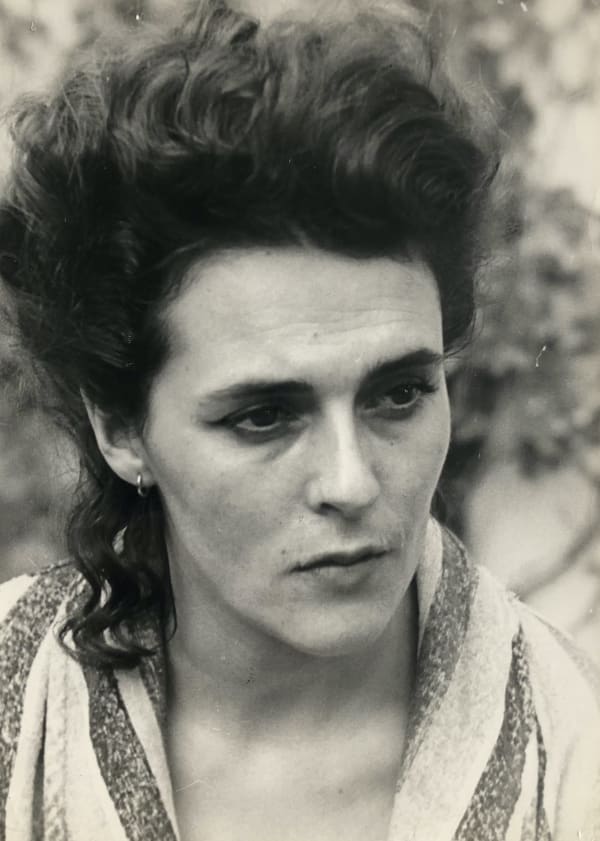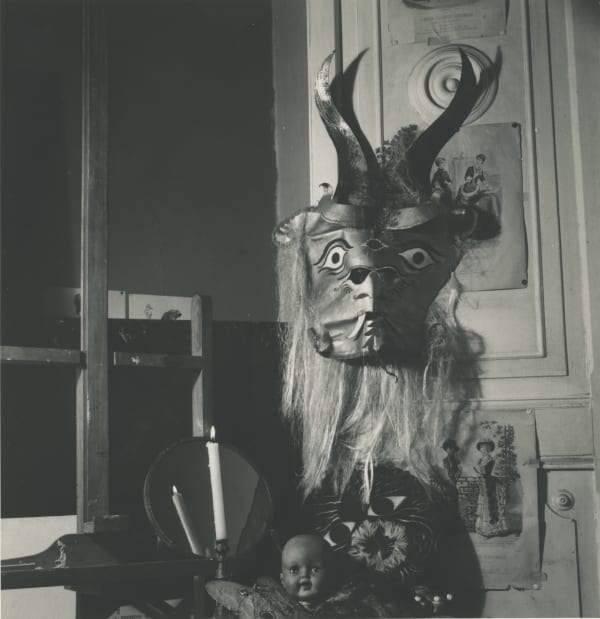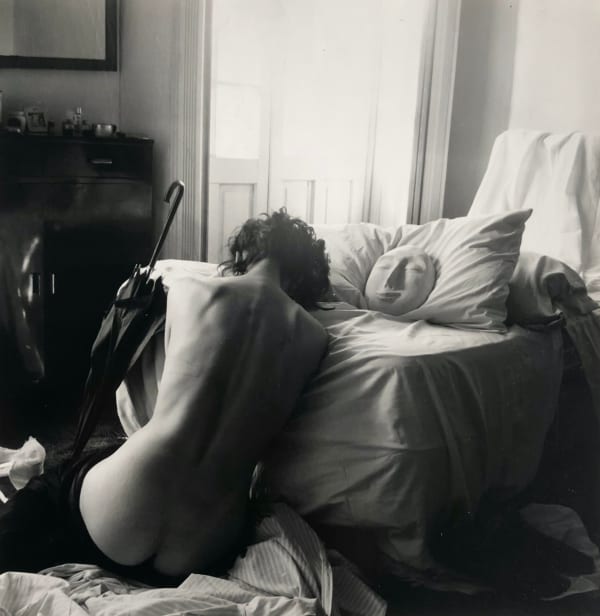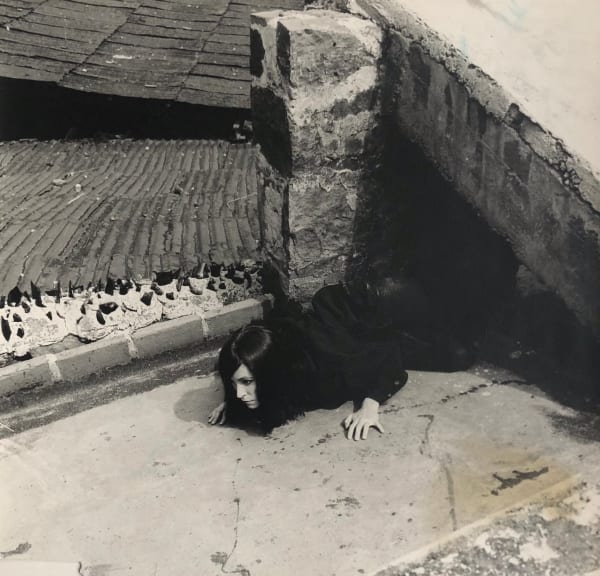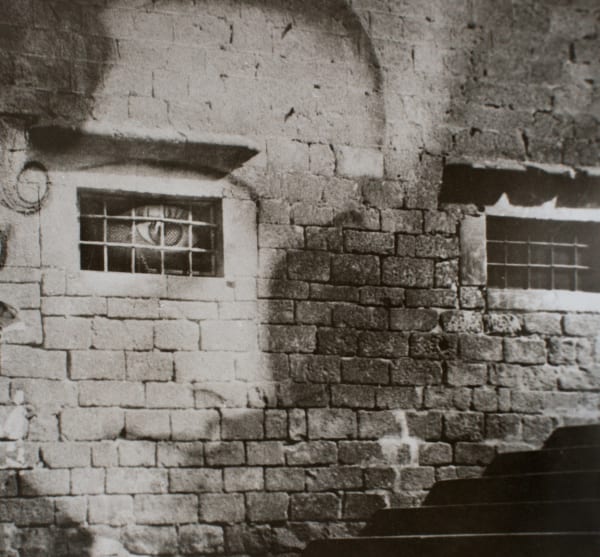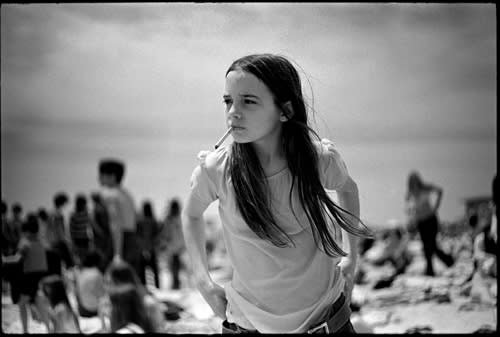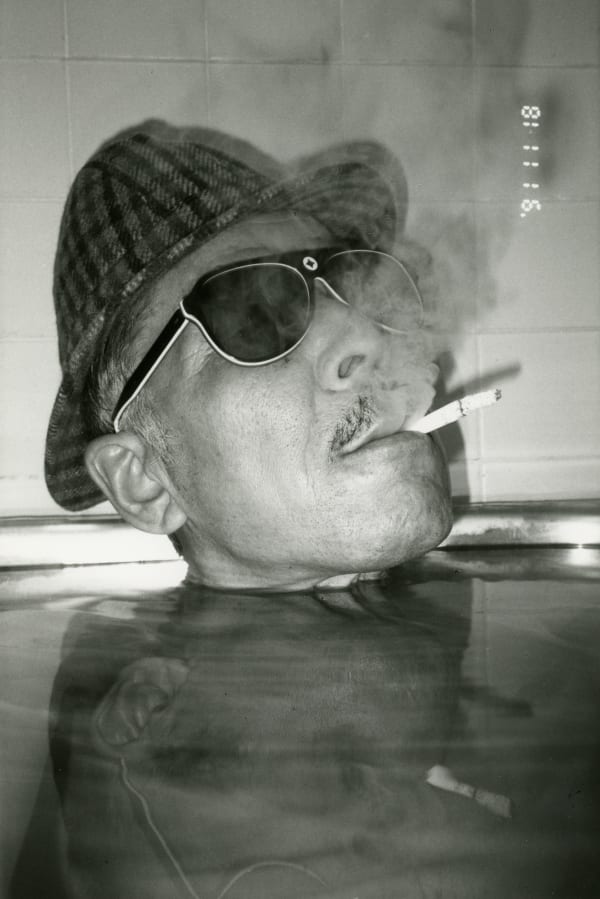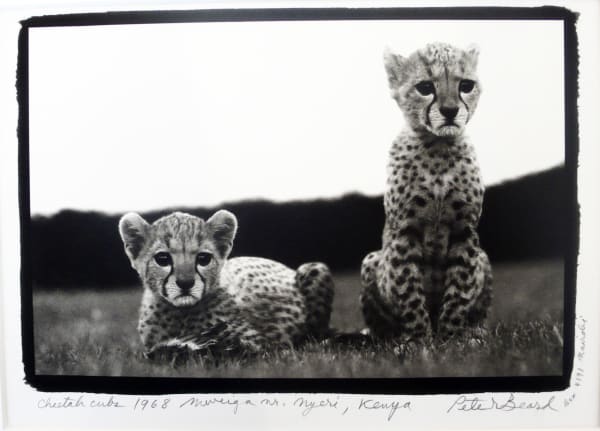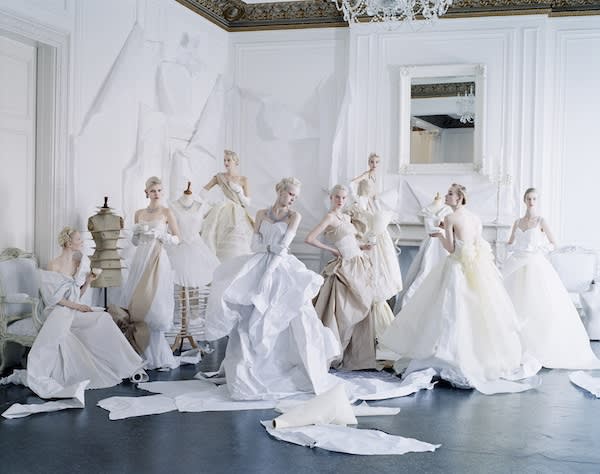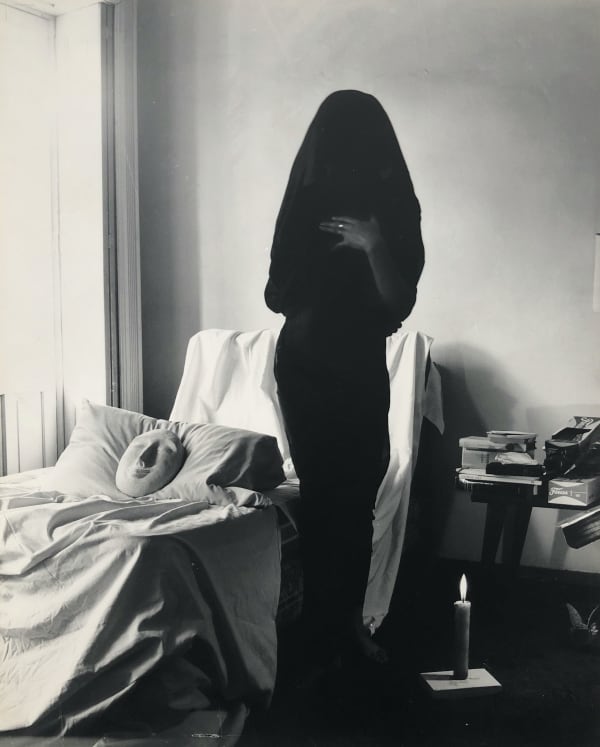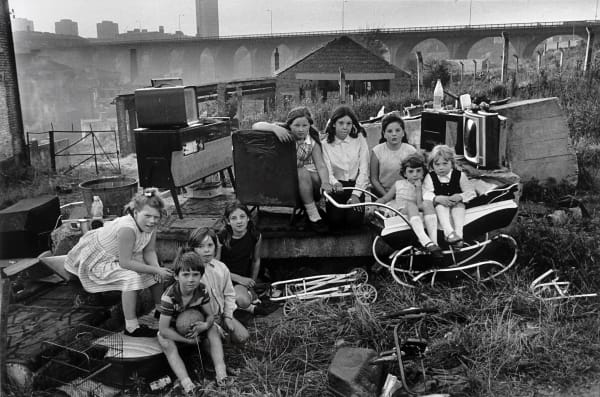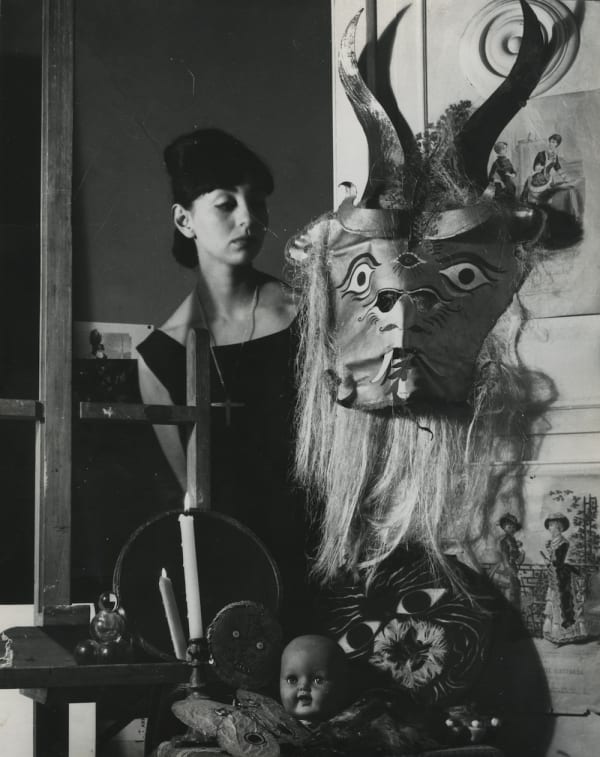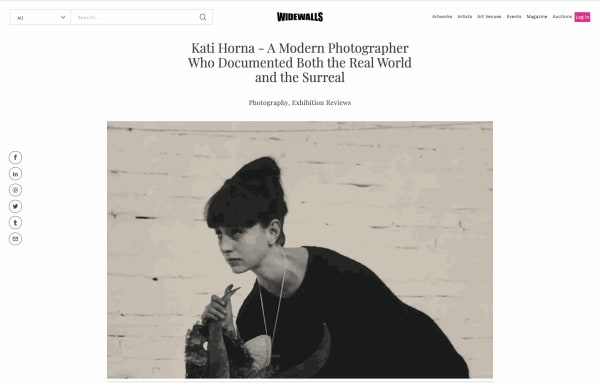Works
-
 Portrait of Leonora Carrington
Portrait of Leonora Carrington -
 Leonora Carrington, 1957
Leonora Carrington, 1957 -
 Mujer y mascara, Ciudad de Mexico, 1963
Mujer y mascara, Ciudad de Mexico, 1963 -
 Untitled, from Oda a la Necrofilia, Ciudad de México (Leonora Carrington), 1962
Untitled, from Oda a la Necrofilia, Ciudad de México (Leonora Carrington), 1962 -
 Mujer y mascara, Ciudad de Mexico, 1963
Mujer y mascara, Ciudad de Mexico, 1963 -
 Untitled, from Oda a la Necrofilia, Ciudad de México (Leonora Carrington), 1962
Untitled, from Oda a la Necrofilia, Ciudad de México (Leonora Carrington), 1962 -
 Untitled, from the series ‘Story of a Vampire. Happening in Coyoacan’ (Beatriz Sheridan), 1962
Untitled, from the series ‘Story of a Vampire. Happening in Coyoacan’ (Beatriz Sheridan), 1962 -
 Escalera con Anciana, España, 1934
Escalera con Anciana, España, 1934 -
 Calle Moneda en el Patio, Mexico, 1939
Calle Moneda en el Patio, Mexico, 1939
Biography
Both cosmopolitan and avant-garde, Kati Horna is mainly known for her photos of the Spanish Civil War taken between 1937 and 1939 for an album commissioned by the Spanish Republic, as well as her friendship with Robert Capa and later Surrealist painters, Leonora Carrington and Remedios Varo.
Her work is characterised by the influence of the principles of surrealist Photography and her own moving approach to photojournalism and documentary photography. Horna began her photographic career in the young Republic of Hungary in 1933. Newly-fatherless and staunchly political, photography offered Horna the means to earn a living and the chance to fulfil her political ideals. After enrolling at the most prestigious school of photography in Budapest, led by József Pécsi, she moved to Paris in 1933, where she turned her attention to the life she saw around her in the streets and cafés of the French capital. Her series Les Cafés de Paris (1934) captures her brilliant eye for irony and fun. This lighter mood however was soon overshadowed by the more serious images that history would dictate, namely the Spanish Civil War in 1936.
In Paris, Horna was infected with the mood of the moment. She hurried to Madrid with her camera as a photographer for Anarchist magazines including Umbral, Tierra y Libertad, Tiempos Nuevos and Libre Studio. The conflict was the first major European war in which the civilian population bore the brunt of the violence, a tragic precursor to the world war that was around the corner. Horna, uniquely, saw that the real action was as much off the battlefield as on it. While her lifelong friend and fellow photographer Robert Capa hiked up and down mountains in search of the most sensational front-line shots, Horna stayed in the scarred cities of Barcelona and Madrid, documenting the devastating effect of the war on ordinary people. Her pictures of elderly women, young children, babies and mothers are both heartbreaking in their immediacy and visionary in their choice of subject matter and images such as her breastfeeding woman in a refugee camp present the dignity and the strength of women under siege, as well as their predicament.
Horna was experimental in her techniques too. She had first encountered superimposition during her time at Pécsi's and now turned to it as a way of portraying the complex, multilayered fallout of war. In Stairway to the Cathedral (1937) a woman's face is blended into the bricks of the cathedral wall, one eye, imprisoned behind a grille-like window, is fixed keenly on the staircase, while the other is shrouded in the shadows, summing up the distrust of the times. Another iconic image from the same year is The Umbrellas, in which she captured (from the top floor of a nearby building) mourners at an Anarchist funeral. The rain is pouring down, and from her vantage point the sea of black umbrellas is thickly and terribly ominous. The Aragon Front (1938) is also haunting, but in another sense: its focus is the gnarled face of an elderly woman set against the rubble of what must once have been her home. The woman's hand, grasping her arm, hints at strength as well as suffering.
Exhibitions
-

The Photography Show, AIPAD 2022
Center415 • Stand 222 20 - 22 May 2022After what seems like an eternity, we are so looking forward to once again being in New York for The Photography Show presented by AIPAD. To be amongst you, our...Read more -

Kati Horna | A Lifetime's Work
Online Exhibition 30 Nov 2021 - 7 Jan 2022Michael Hoppen Gallery is delighted to present an online exhibition which delves into the fascinating world of Kati Horna (1912-2000), one of most intriguing photographers of the 20th century. Photography...Read more -

PHOTO LONDON 2021
Somerset House • STAND C1 8 - 12 Sep 2021Dear Friends, We are very excited to be exhibiting at Photo London again, opening at Somerset House on Wednesday 8 September. You will find us at stand C1 on the...Read more -

Aipad 2018
New York • Booth 206 5 - 8 Apr 2018Michael Hoppen Gallery will be exhibiting upcoming artists alongside acknowledged 20th and 21st century masters.Read more
-

THE ARMORY SHOW 2016
New York 3 - 6 Mar 2016A preview of the artists and artworks Michael Hoppen Gallery will be bringing to Armory 2016, NY.Read more -

Paris Photo
GRAND PALAIS • BOOTH C10 12 - 15 Nov 2015The Michael Hoppen Gallery list of artists to be exhibited at Paris Photo 2015.Read more -

PAD London
BOOTH A18 14 - 18 Oct 2015Here is a brief synopsis of that the Michael Hoppen Gallery will be bringing to PAD Art Fair, London, this year.Read more -

AIPAD 2015
New York 16 - 18 Apr 2015Art Fair, New York, London, Art, April, ContemporaryRead more -

Paris Photo 2014
Grand Palais 13 - 16 Nov 2014Paris, photo, fair, art, artists, Eamonn Doyle, Foglia, Walker, Tim, 2014Read more
News
-

The Photography Show Presented by AIPAD 2022
MICHAEL HOPPEN'S HIGHLIGHTS April 29, 2022After what seems like an eternity, we are so looking forward to once again being in New York for The Photography Show presented by AIPAD!...Read more -

Kati Horna
Surrealism Beyond Borders at Tate Modern February 24, 2022Surrealism is not a style – but a state of mind. It aims to subvert reality. To find the uncanny in the everyday. To tap...Read more -

Spring Newsletter 2022
Early Spring at Michael Hoppen Gallery February 8, 2022spring 2022 newsletter for upcoming exhibitions, artist news and upcoming art fairs at the Michael Hoppen GalleryRead more -

KATI HORNA
Aipad 2015: Featured Artist April 15, 2015South American artist, photographer. Mexico.Read more
Press
-

Kati Horna - A Modern Photographer Who Documented Both the Real World and the Surreal
Balasz Takac, Widewalls, December 14, 2021 -

Love, friendship and rivalry: Surreal Friends
Lily Bonesso, Tate, May 20, 2015 -

Surrealist Photographs of the Spanish Civil War
Carole Naggar, Time, August 20, 2014 -

Review: Kati Horna, Jeu de Paume, Paris
Fiona Hayes, The United Nations of Photography, July 18, 2014
Enquire
